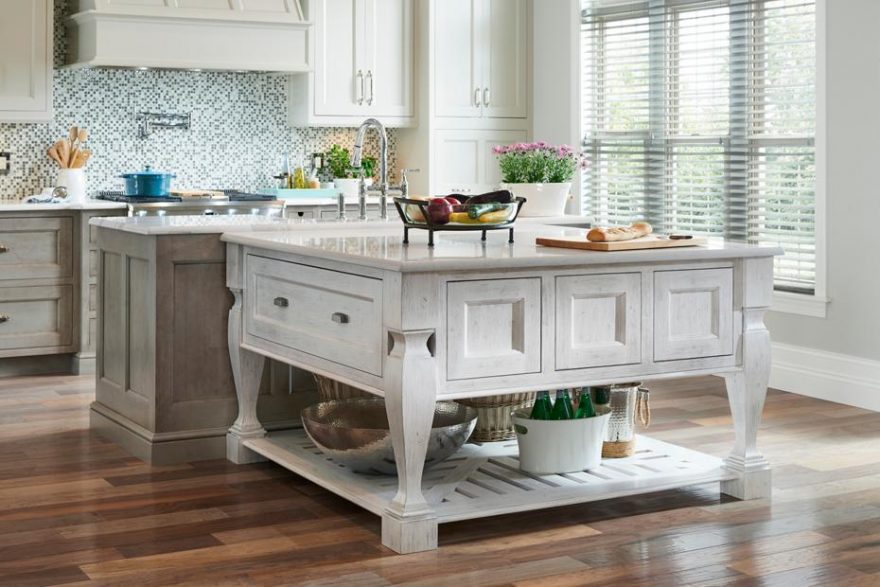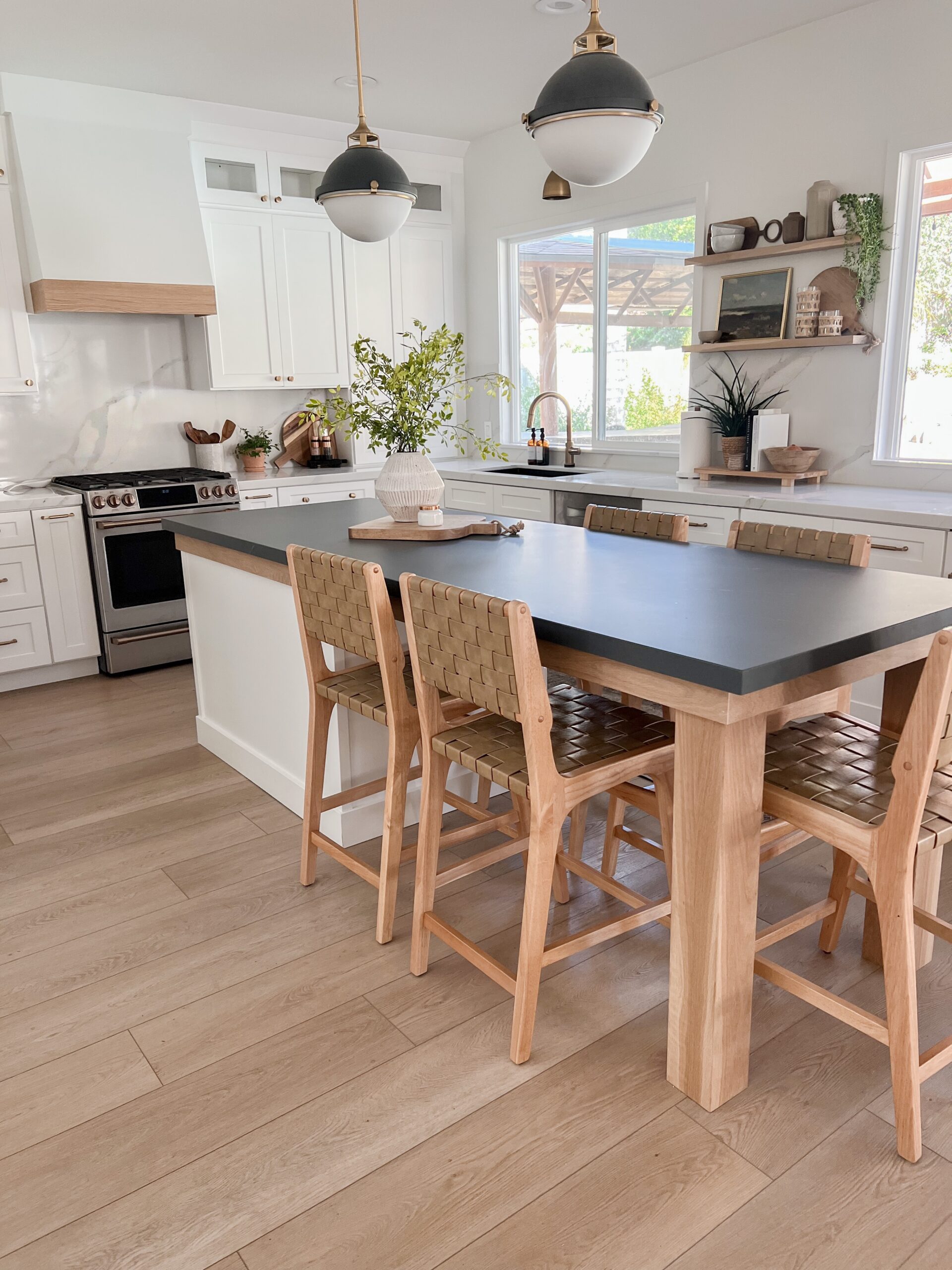Produce a Spectacular Focal Point with Sophisticated Legs For Kitchen Island
Produce a Spectacular Focal Point with Sophisticated Legs For Kitchen Island
Blog Article
Necessary Elements to Take Into Consideration When Choosing Legs For Kitchen Island
Picking the proper legs for a kitchen island includes a mindful analysis of several factors that can significantly influence both capability and aesthetic allure. As we check out these aspects, it becomes clear that each decision can have significant effects for the total kitchen area experience.
Product Options
When picking legs for a kitchen island, comprehending the numerous product options is essential for attaining both visual charm and structural honesty (Legs For Kitchen Island). The selection of product significantly affects not just the durability of the island however also its overall design and capability
Wood is a prominent option, providing warmth and adaptability. Solid woods, such as oak or maple, supply stamina and can be stained or painted to match the kitchen decor. Steel legs, usually made from stainless steel or functioned iron, contribute a modern-day and commercial feeling while guaranteeing resilience and security. These materials are resistant to wear and can sustain substantial weight, making them perfect for bigger islands.
An additional option is engineered materials, like MDF or plywood, which can be extra economical while still offering a variety of coatings. However, they may not give the exact same level of security as solid timber or steel. Lastly, products such as acrylic or glass can produce a contemporary look, though they may require additional support to guarantee stability.
Eventually, the choice of material for kitchen island legs ought to align with the wanted capability and the general theme of the kitchen.
Design And Style

When considering design, the form and coating of the legs are critical. Conical legs can supply a sense of lightness and style, while thicker, a lot more robust legs can convey stamina and stability. In addition, the finish-- be it repainted, discolored, or natural-- must complement the cabinetry and kitchen counter materials to create a unified appearance.
Additionally, the style of the legs can likewise mirror personal preference. Custom or ornamental legs, such as those including intricate carvings or distinct geometric forms, can serve as centerpieces, including character and personality to the cooking area. Eventually, the right choice will not just enhance capability but likewise elevate the aesthetic allure, making the kitchen island a standout function of the home.
Height Considerations
Choosing the proper elevation for cooking area island legs is crucial, as it directly impacts both performance and convenience. The conventional elevation for a cooking area island typically varies from 36 to 42 inches, lining up with usual countertop heights.

It is also important to represent users' preferences and elevations. Customizing the height can ensure a comfortable experience for all relative, making the kitchen island an extra pleasurable and practical area.
Weight Support
Guaranteeing sufficient weight assistance for kitchen area island legs is crucial for both safety and capability. The kitchen island often serves multiple purposes, consisting of food preparation, dining, and added storage, necessitating a robust assistance structure. When picking legs, it is vital to take into consideration the overall weight ability required based upon the island's intended use and the products that will be positioned on it.
The option of product for the legs plays a considerable duty in their weight-bearing capabilities. Strong timber, metal, and sturdy compounds usually give remarkable toughness compared to lighter materials. Furthermore, the style of the legs-- whether they are directly, tapered, or have a pedestal kind-- can affect their ability to distribute weight successfully across the framework.
Moreover, the leg positioning must be tactically planned to boost stability. Legs positioned at the edges or with a broader base can better support larger lots. Always seek advice from the maker's specifications pertaining to tons restrictions to make certain that the legs can sustain the intended weight without endangering security. In recap, picking cooking area island legs with appropriate weight support is important for developing a practical and safe culinary space.
Installment and Upkeep
Proper setup and maintenance of kitchen area island legs are crucial for ensuring long life and security. To start, it is crucial to adhere to the producer's guidelines throughout installation. This frequently involves securing the legs to the space station using proper fasteners, making certain that the legs are level and straightened. Utilizing a degree tool can assist protect against wobbling and improve the total visual charm of the kitchen area island.
When installed, routine maintenance is essential to preserve the stability and look of the legs - Legs For Kitchen Island. For wood legs, routine cleansing with a damp cloth and application of ideal timber polish can avoid moisture damages and preserve their surface. Metal legs might call for a gentle cleansing option to get rid of oil and grime, adhered to by a dry fabric to protect this post against corrosion development
Additionally, check the legs routinely for indicators of wear or damage, such as fractures or loosened joints. Tightening up screws or screws as required can additionally prolong the life expectancy of the legs. By sticking to these installment and upkeep methods, home owners can make sure that their kitchen island remains durable and aesthetically appealing for a knockout post several years ahead.
Final Thought

Aesthetic comprehensibility is critical in choosing the style and style of legs for a cooking area island, as these aspects significantly affect the general setting of the space. Conical legs can supply a sense of lightness and beauty, while thicker, a lot more durable legs can share strength and more tips here security.Selecting the suitable height for cooking area island legs is vital, as it directly influences both functionality and comfort. In summary, choosing cooking area island legs with adequate weight assistance is vital for creating a risk-free and practical culinary room.
In final thought, picking legs for a kitchen area island demands careful factor to consider of numerous elements, including product alternatives, style, height, weight assistance, and installment.
Report this page